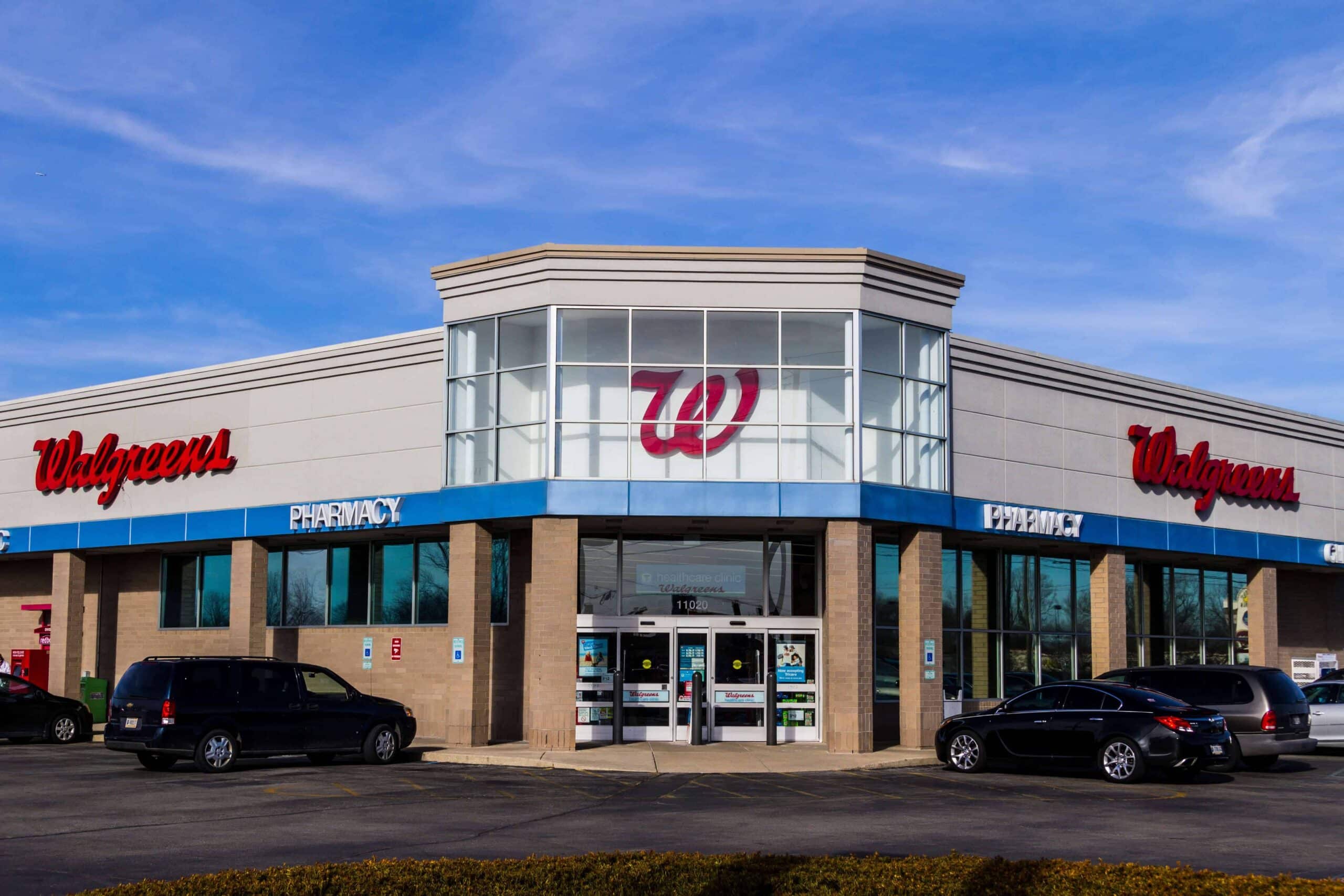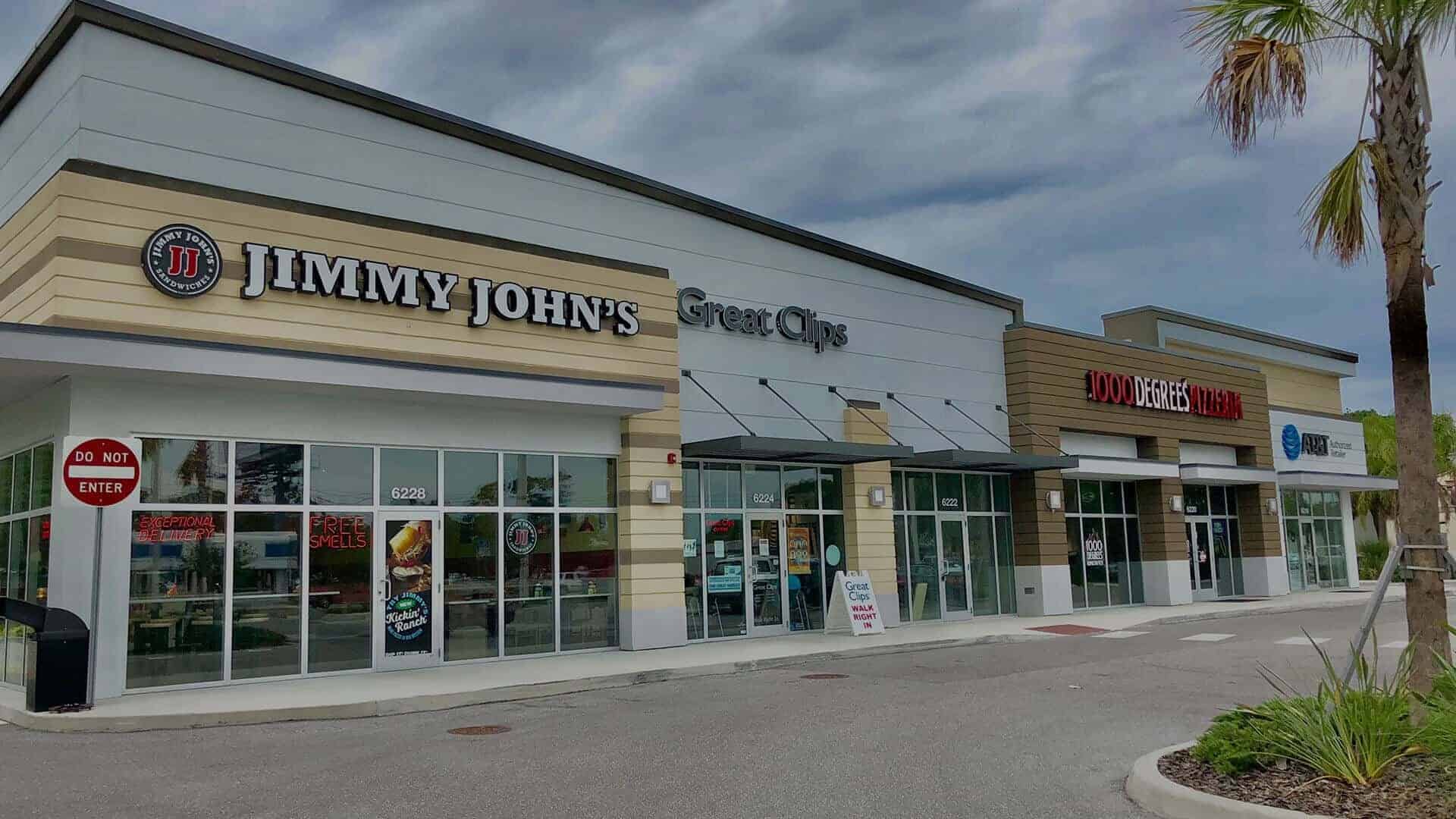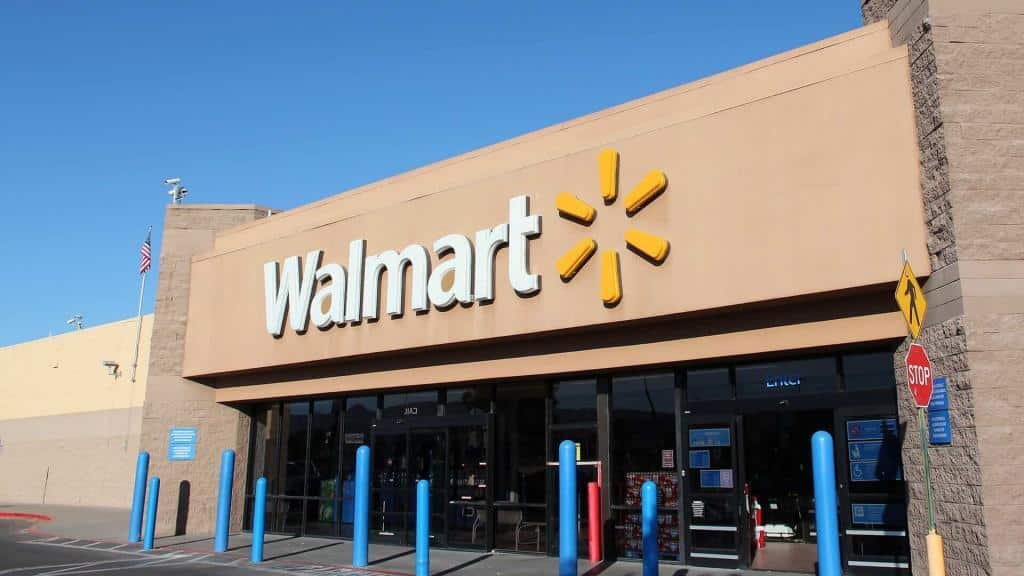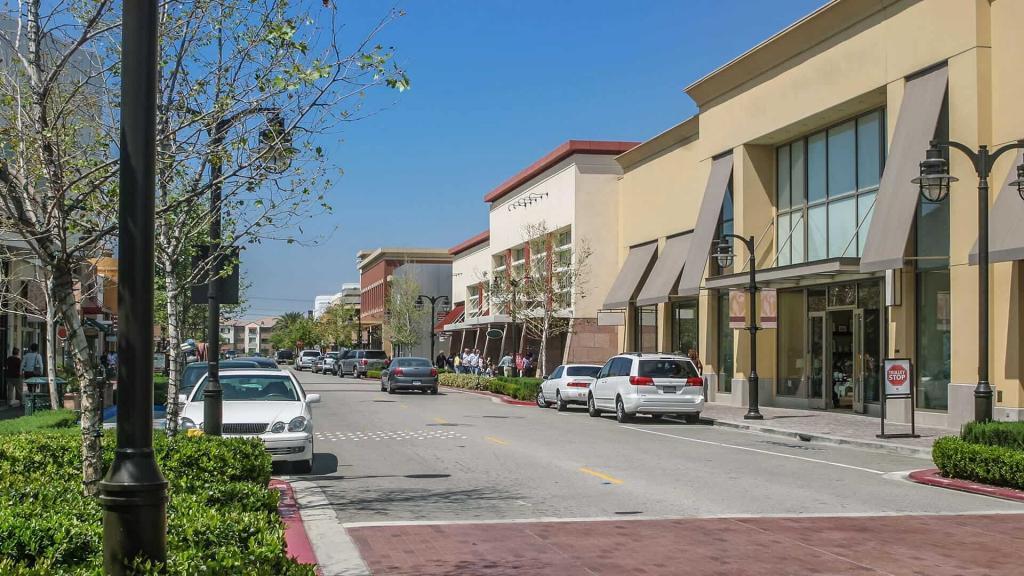Walgreens announced that they will close approx. 200 stores within the drugstore chain. This is a minimal amount, approx. 2%, given that this retailer has over 9,500 US locations. The move comes as expected when they cautioned in June that they would be looking to close unprofitable stores as they evaluate the approx. 500 leases that come due each year. Drugstore real estate is typically really good dirt, traditionally located at highly trafficked signalized intersections at Main & Main. This could be an opportunity to reposition some desirable real estate or redevelop some well-located land in select markets.
In the past, drugstore chains especially Walgreens & CVS were some of the most dominant players of growth in the retail sector. They were traditionally known to come into a market, acquire the best corner and dominate the trade area. They remain to be strong retailers and continue to innovate (for example, Walgreens partnering with Kroger, etc.) but are no longer known for their extensive growth of store units annually. The drugstores have been very selective on how they grow, mainly looking at relocations of existing stores in a market or waiting for an opportunity to arise that they have had their eye on for many years. The drugstore business model has changed and most of their growth has been attributed to acquisitions of existing drug store brands and partnerships with healthcare providers (exp. CVS acquiring Aetna). At the end of the day, both CVS and Walgreens, occupy well-located real estate in the heart of trade areas and will continue to take advantage of their brick and mortar locations. I am looking forward to watching how they continue to maximize their existing brick and mortar infrastructure. CVS announced recently that they will looks to slow the pace of annual store expansions from 100 stores this year to 50 stores next year. The company has traditionally rolled 300+ stores per year.








About The Author: Jeff Dervech
More posts by Jeff Dervech